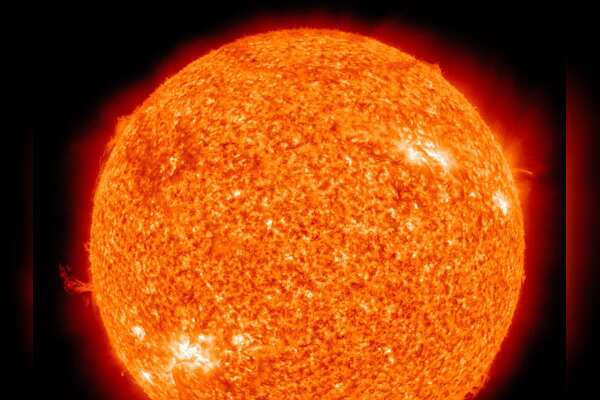The expansion of the universe has been a topic of debate since its inception, with scientists trying to determine the rate at which it is expanding. Recent measurements from the James Webb Space Telescope have brought new insights into this ongoing debate, suggesting that the so-called "Hubble tension" may not actually exist. A team of researchers, led by University of Chicago cosmologist Wendy Freedman, analyzed data collected by NASA's James Webb Space Telescope to measure the rate of expansion of the universe.
Their calculations yielded a value of 70 kilometers per second per megaparsec, which aligns closely with other methods used to determine the Hubble constant. The Hubble constant, named after Edwin Hubble who first observed the expansion of the universe in 1929, is a crucial parameter in understanding the evolution of the universe over time. It represents the current rate of expansion of the universe and is essential in unraveling the history of cosmic evolution. Freedman and her colleagues found that their measurements did not provide strong evidence for the existence of the Hubble tension, contrary to previous beliefs. This suggests that the standard cosmological model used to explain the evolution of the universe may be accurate. The difficulty in determining the Hubble constant lies in the complexity of measuring the expansion of the universe accurately. Scientists employ various methods, including studying the cosmic microwave background radiation left over from the Big Bang and measuring the brightness of stars in nearby galaxies, to calculate this fundamental parameter. One method based on the cosmic microwave background yielded a Hubble constant estimate of 67.4 kilometers per second per megaparsec. In contrast, measurements based on the brightness of stars in local galaxies previously indicated a value closer to 74 kilometers per second per megaparsec. The discrepancy between these two methods, known as the Hubble tension, has puzzled scientists for years. Confirming the reality of this tension could have significant implications for our understanding of fundamental physics and cosmology. However, the recent findings from the James Webb Space Telescope data suggest that the standard cosmological model may be sufficient to explain the expansion of the universe. As researchers continue to explore different avenues to refine their measurements of the Hubble constant, the quest to unlock the mysteries of the expanding universe remains ongoing. The James Webb Space Telescope's new insights offer a fresh perspective on this age-old question, providing a glimpse into the dynamic and ever-changing nature of our cosmos.Insights from James Webb Space Telescope Resolve Debate on Universe's Expansion
 1 month ago
1755
1 month ago
1755
Related
Witnessing the Lunar Show: A guide to watching August's supe...
1 month ago
2232
Commercialization of Women's Health: The Impact of Feminist ...
7 months ago
19811
The Sun's Magnetic Pole Reversal: A Natural Process with Pot...
7 months ago
21952
Popular
Nokia Reaches 5G Patent Agreement with Vivo After Lengthy Le...
7 months ago
26048
Apple's Upcoming Tablet Lineup: iPad Air to Introduce Two Si...
9 months ago
25976
Xiaomi's First Electric Car, the SU7 Sedan, Enters the EV Ma...
8 months ago
25364
The European Parliament's Bold Move to Combat Smartphone Add...
9 months ago
25312
Unveiling ChatGPT's New 'Memory' Feature Revolutionizing Use...
7 months ago
25212
© OriginSources 2024. All rights are reserved








 English (US)
English (US)